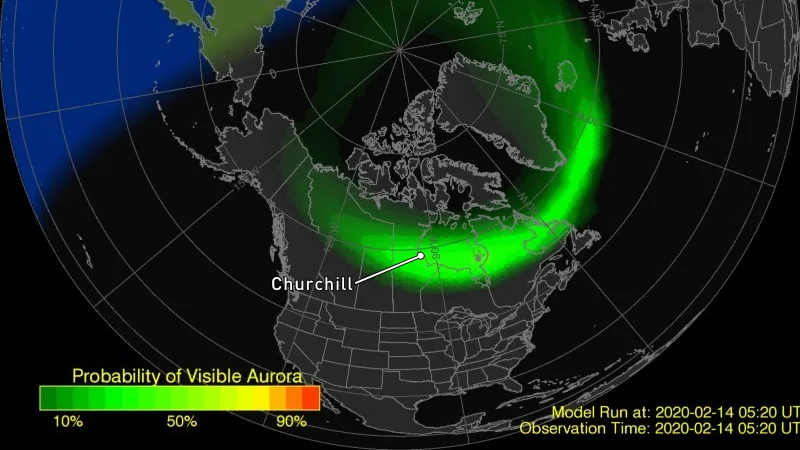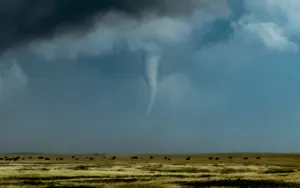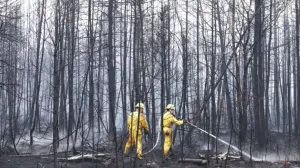
Watch Churchill's Northern Lights, live, from anywhere in the world
Tune in for a chance to see a live view of the Aurora Borealis every night
Aurora season has begun and thanks to Polar Bears International, this is our chance to watch the Northern Lights, each night, from anywhere in the world!
For the eighth year in a row, Polar Bears International has turned on their Aurora Borealis camera in Churchill, Manitoba.
"For a moment of zen, watch the northern lights here," PBI said in a press release this week, referring to their Northern Lights cam website. "And stay tuned for a few live chats about the northern lights streaming LIVE from Churchill, Manitoba throughout the season."
Every night, from now through March, tune in between the hours of 10 p.m. to 4 a.m. EST, and hope for clear skies over northern Manitoba!
The Aurora Borealis, also known as the Northern Lights, is a form of space weather.
Space weather all originates from the Sun. The solar wind is a constant stream of charged particles from the Sun that flows past Earth at all times. Meanwhile, solar flares blast out x-rays, and cause immense clouds of plasma to erupt into space as 'solar storms'. During 'gusty' or 'turbulent' times in the solar wind flow, or when a solar storm passes by, Earth's planetary magnetic field becomes disturbed, resulting in vibrant displays of the auroras.
Even when the Sun is quiet, however, as it is now, and space weather is calm as a result, there can still be auroras far to the north. Churchill, MB is often right in the middle of the aurora arc on these nights.

The aurora 'oval' from early morning on February 14, 2020. Churchill, MB is indicated on the map. Credit: NOAA SWPC/Scott Sutherland
This time of the year, in February and March, is especially good for watching the auroras, as we approach the March equinox. It is at this time that we see what are known as Equinox Cracks.
Earth's magnetic field is quite good at deflecting most particles in the solar wind and solar storms around the planet. Around the equinoxes, though, openings can form in the protective field - Equinox Cracks - allowing more solar particles to stream down into the atmosphere. While this is harmless to us on the ground due to the atmosphere, it can result in more intense auroral displays than normal.
Sources: Polar Bears International | NASA










